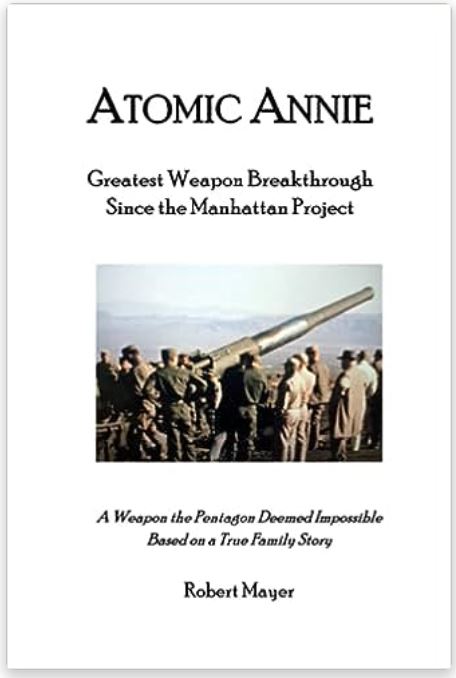Without a warning or declaration of war, on June 24, 1950, the communist North Korean Army sent its new Russian tanks on a Blitzkrieg mission into South Korea with the goal of obliterating the South Koreans and bring the Korean peninsula 100% under control of the communists.
Since the United States and withdrawn all of it’s troops and much of it’s artillery from South Korea, the communists were able to capture 90% of the country within the first week of the war. The United States quickly mobilized it troops that were occupying Japan and landed them on the distant tip of Korea. But lacking the newer weapons both the United States and South Korea had substantial casualties, as they were surrounded on the tip of the Peninsula.
With 14 communist tank divisions attacking and 12 tank divisions defending the South Korean and US Armies were close to annihilation. The anti-tank 2.36” bazookas from WWII were no match for the new T-135 Soviet tanks as their rockets were bouncing of the enemy tanks. Said Colonel James M. Gavin:
“The bazooka rockets were bouncing off the tanks and the tanks were then chewing up our troops. The next day we actually buried some troopers with pieces of bazooka ground into them by tank tracks.”
The South Korean and US Armies needed better bazookas and Picatinny Arsenal answered the call, preventing these armies from being pushed into the Yellow Sea. Picatinny
hadn’t thoroughly tested the new 3.5” bazooka rockets but sent them emergently to Korea.
As the communist tank divisions made 4 attempts to end the war, the South Koreans, American and United Nations Armies defended the “Pusan Perimeter”, and positive messages were received at Picatinny Arsenal.
“Five new bazookas fired, 4 tanks destroyed”.
The newer more powerful bazooka rockets could penetrate the reinforced plating on the Russian tanks and explode inside the tank, killing it’s crew.
With the start of the Korean War the need to develop battlefield or tactical nuclear weapons was elevated as funding for their production poured into several of our nations arsenals.
The US wanted an upper hand on the communists with atomic artillery capabilities.

In the opening weeks of the Korean War the US and South Korean forces were on the verge of losing and being pushed into the sea. The 12 divisions managed to defend the Pusan perimeter with the help of the Picatinny 3.5” bazookas.



